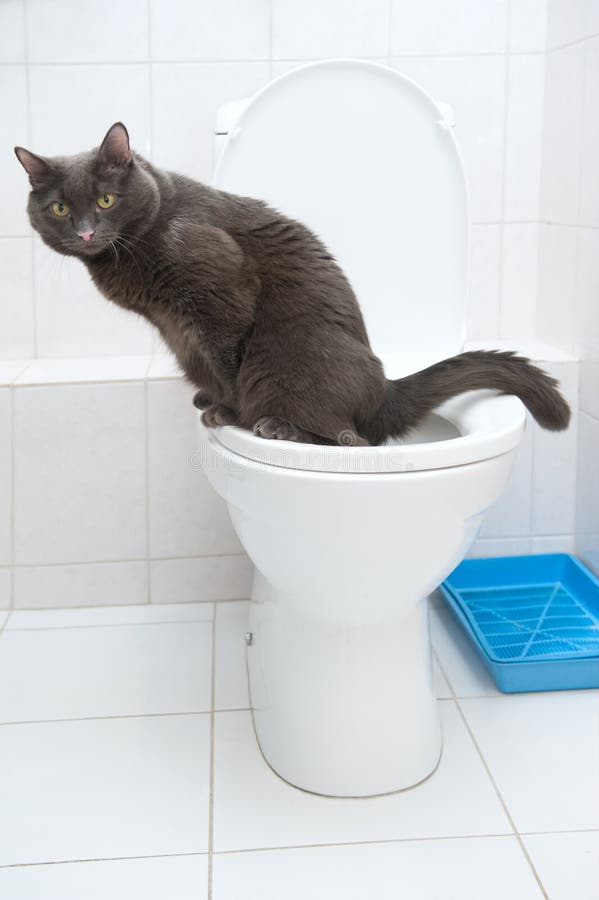Dangers of Flushing Cat Poop Down Your Toilet - Prevent Possible Issues
Book Your InstallationWhat're your ideas regarding Can You Flush Cat Poop Down The Toilet??

Introduction
As pet cat owners, it's necessary to bear in mind how we get rid of our feline good friends' waste. While it might seem hassle-free to purge cat poop down the toilet, this technique can have detrimental consequences for both the environment and human health and wellness.
Ecological Impact
Flushing cat poop presents harmful virus and bloodsuckers into the supply of water, posturing a considerable risk to marine ecological communities. These impurities can negatively influence marine life and compromise water quality.
Health Risks
In addition to environmental issues, purging pet cat waste can likewise posture wellness threats to people. Feline feces might contain Toxoplasma gondii, a bloodsucker that can trigger toxoplasmosis-- a possibly serious illness, specifically for pregnant females and individuals with damaged immune systems.
Alternatives to Flushing
Fortunately, there are much safer and more accountable methods to deal with pet cat poop. Consider the following options:
1. Scoop and Dispose in Trash
One of the most usual technique of throwing away pet cat poop is to scoop it into a biodegradable bag and throw it in the garbage. Make sure to make use of a committed clutter scoop and dispose of the waste quickly.
2. Usage Biodegradable Litter
Go with eco-friendly cat clutter made from products such as corn or wheat. These litters are environmentally friendly and can be securely dealt with in the garbage.
3. Hide in the Yard
If you have a lawn, consider hiding cat waste in a designated area far from vegetable gardens and water sources. Make sure to dig deep sufficient to stop contamination of groundwater.
4. Set Up a Pet Waste Disposal System
Buy an animal waste disposal system especially developed for cat waste. These systems utilize enzymes to break down the waste, minimizing odor and environmental impact.
Conclusion
Accountable pet dog ownership prolongs beyond offering food and shelter-- it additionally entails correct waste management. By avoiding flushing feline poop down the bathroom and opting for different disposal methods, we can minimize our environmental impact and secure human wellness.
Why Can’t I Flush Cat Poop?
It Spreads a Parasite
Cats are frequently infected with a parasite called toxoplasma gondii. The parasite causes an infection called toxoplasmosis. It is usually harmless to cats. The parasite only uses cat poop as a host for its eggs. Otherwise, the cat’s immune system usually keeps the infection at low enough levels to maintain its own health. But it does not stop the develop of eggs. These eggs are tiny and surprisingly tough. They may survive for a year before they begin to grow. But that’s the problem.
Our wastewater system is not designed to deal with toxoplasmosis eggs. Instead, most eggs will flush from your toilet into sewers and wastewater management plants. After the sewage is treated for many other harmful things in it, it is typically released into local rivers, lakes, or oceans. Here, the toxoplasmosis eggs can find new hosts, including starfish, crabs, otters, and many other wildlife. For many, this is a significant risk to their health. Toxoplasmosis can also end up infecting water sources that are important for agriculture, which means our deer, pigs, and sheep can get infected too.
Is There Risk to Humans?
There can be a risk to human life from flushing cat poop down the toilet. If you do so, the parasites from your cat’s poop can end up in shellfish, game animals, or livestock. If this meat is then served raw or undercooked, the people who eat it can get sick.
In fact, according to the CDC, 40 million people in the United States are infected with toxoplasma gondii. They get it from exposure to infected seafood, or from some kind of cat poop contamination, like drinking from a stream that is contaminated or touching anything that has come into contact with cat poop. That includes just cleaning a cat litter box.
Most people who get infected with these parasites will not develop any symptoms. However, for pregnant women or for those with compromised immune systems, the parasite can cause severe health problems.
How to Handle Cat Poop
The best way to handle cat poop is actually to clean the box more often. The eggs that the parasite sheds will not become active until one to five days after the cat poops. That means that if you clean daily, you’re much less likely to come into direct contact with infectious eggs.
That said, always dispose of cat poop in the garbage and not down the toilet. Wash your hands before and after you clean the litter box, and bring the bag of poop right outside to your garbage bins.
https://trenchlesssolutionsusa.com/why-cant-i-flush-cat-poop/

I ran across that write up about How to Dispose of Cat Poop and Litter Without Plastic Bags when scouting around the search engines. Do you know about someone else who is serious about How to Dispose of Cat Poop and Litter Without Plastic Bags? Do not hesitate to promote it. We cherish reading our article about Can You Flush Cat Poop Down The Toilet?.
Call Today